The consumption of sweet wines, as we know, has been in decline for quite some time. There are many reasons for this, and it certainly doesn't concern the quality of the products, which, especially in Italy, is very high. Certainly, the practice of offering them and pairing them at the end of the meal (with dessert, the most classic pairing, or with cheese) doesn't help and is one of the causes of the decline in consumption. What if they moved from being served last to being served first? Yes, that's right. We have explored some varieties with a more measured level of sweetness and paired them with aperitifs and appetizers. The result? More than satisfying. So why not give them more space on the table?
From cocktails to sweet and alcoholic wines for the aperitif
Negroni, Americano, or simply Bitter. These drinks shouldn't take offense; it's not a crusade against them. However, we allow ourselves to take them as an example to talk about some cocktails or alcoholic beverages that we usually enjoy for the aperitif, either on their own or simply while nibbling on a snack. What is their main characteristic? Beyond personal tastes, it's undeniable that alcohol and sugar are certainly not lacking in the aforementioned drinks, yet they are undisputed protagonists of the Italian aperitif, regardless of the alcohol content and sweetness. So why not consider many (great) Italian wines without being afraid of a bit of sugar and an alcohol content that can exceed 14 degrees? As we always say, it's not so much about the number on the label, but if the wine is in balance, the alcohol will provide a lovely caress to the palate, not a burning sensation. The same goes for sugar: tannins (for red wines), acidity, and saltiness provide a nice contrast to sweetness, and that sensation will deliver pleasant satisfaction and never a cloying feeling.
Beyond the pairing manuals
So let's not blindly follow the pairing manuals. Let's play, experiment, have fun. That's what we did with some great wines generically called dessert wines, which are not exclusively for desserts. Ideal for an aperitif? Certainly. For savoury appetizers? Even more so. For pasta and meat main courses? Why not. Some rules, of course, need to be followed, starting with the serving temperature, but this applies to all wines, including reds (as we've been saying for some time) that should not be served at room temperature unless the room is a cellar (between 14 and a maximum of 18 degrees Celsius).
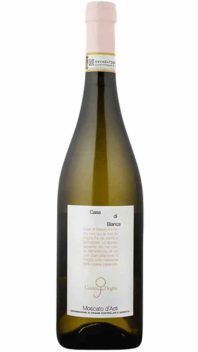
Here are our five (and more) recommendations for meats, fish, and pasta dishes.
These are just examples we find delicious for each type. For each label, there are some possible pairings, mostly savoury, especially for aperitifs and appetizers, but also a few main courses.
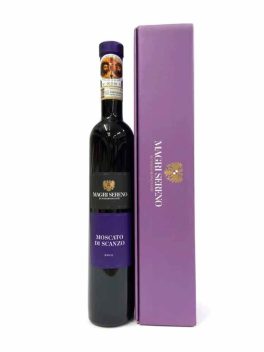
Moscato
Let's start with a great Moscato d'Asti from Canelli, Gianni Doglia's Casa di Bianca, once again awarded, with the vintage of 2022, by the recently released Vini d’Italia guide. Here, alcohol is certainly not an issue; it's around 5 degrees, and the sweetness is very subtle, well-balanced by a fine and delicate effervescence. It's not a sparkling wine but a “vivace” wine, ideal if we nibble on some hazelnuts and stay in the Langa region, but also with excellent mozzarella di bufala, and even more so with an oyster. Yes, you read that right. Oysters and Moscato d'Asti. Staying within the large Moscato family but changing colour and region, Moscato di Scanzo is a little gem in Lombardy winemaking. The grapes are black, and the sweetness is very well calibrated. We've chosen the one from Sereno Magri, a 2018 vintage: it has hints of mint and violet, black pepper, and rhubarb, and we've paired it with a red tuna carpaccio, a true delight.
Moving from the north to central Italy, we arrive in Umbria.
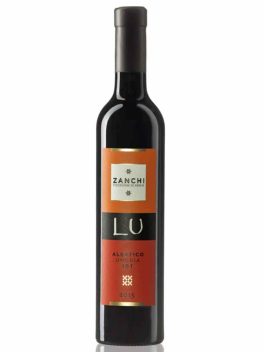
Sagrantino and Aleatico
The Zanchi winery produces a truly excellent Aleatico. We're talking about an aromatic grape that is mainly found in northern Lazio and lower Umbria. The winery's label is called Lù, and the one we tasted is the 2020 vintage. We tried it with some chicken liver crostini, and the pairing didn't disappoint, quite the opposite. The flavours of the dish and the sweetness of the wine complemented each other very well, and their persistence was equally matched.
Still in Umbria, here's another "terroir" pairing: the Sagrantino di Montefalco Passito '18 from Terre de la Custodia with succulent roasted lamb and potatoes. The juiciness and young tannins create a circular pursuit of pure enjoyment, to be savoured in small sips!
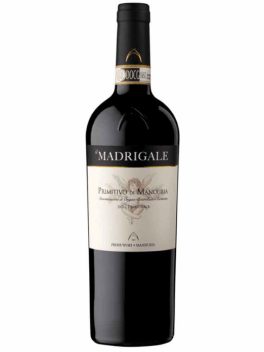
Primitivo di Manduria
Heading south for a great sweet wine. We're talking about Primitivo di Manduria, and the chosen label is the Dolce Naturale Madrigale 2021 from the Produttori di Manduria winery. The Dolce Naturale version is a proper specification that can boast the DOCG designation. Produced only in the best years, it comes from a late harvest of grapes that grow only in old, bush-trained vines. The Madrigale is structured as one would expect from a Primitivo; the sweetness is there but just hinted at, and everything is well balanced by a lot of salinity, a true distinctive feature of Manduria. Pairing? It goes very well with red meat, especially if it's the result of a long cooking process.
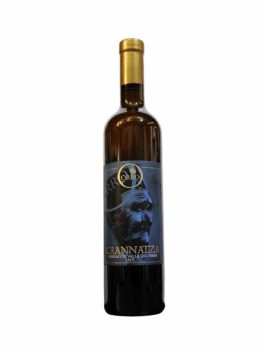
Vernaccia di Oristano
From meat to fish, we arrive in Sardinia, where we suggest one of the great meditation wines, this time dry with characteristic oxidative notes, paired with grey mullet. Yes, we tried Crannatza from the Orro Family (Vernaccia di Oristano), in perfect harmony with fish from the Gulf of Cabras, which is slightly smoked. It's also worth trying with a good plate of spaghetti with bottarga, roe made from the same grey mullet. Or with the traditional Sa Merca, a dish of boiled and preserved grey mullet with a couple of "leaves" of marsh herbs: it used to be a field worker's lunch, but today, it's a true delicacy for connoisseurs.
Now, there's nothing left but to try other wines and other dishes; the choices are certainly abundant. And ow we're sure. Some sweet wines are perfect at the end of a meal, but even more so for stimulating and "opening" the appetite. Their revival has already begun.

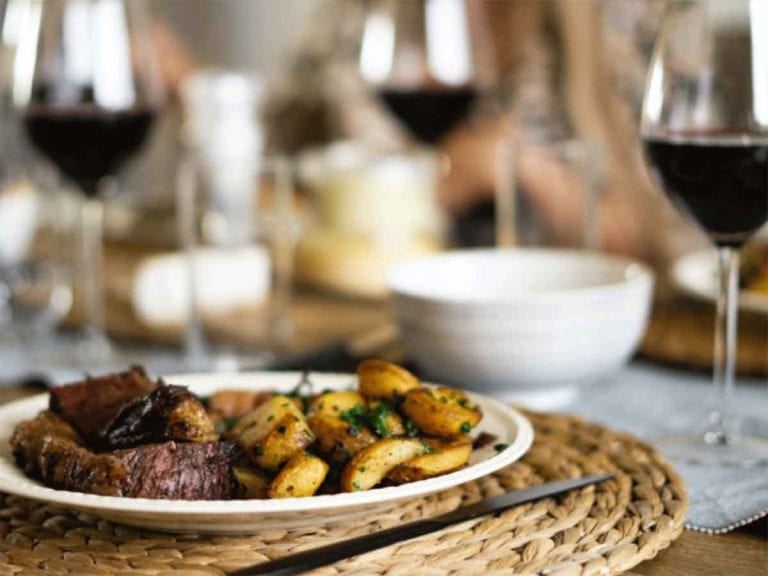

 Wine promotion, vineyard uprooting, and support for dealcoholised wines: the European Commission's historic compromise on viticulture
Wine promotion, vineyard uprooting, and support for dealcoholised wines: the European Commission's historic compromise on viticulture A small Sicilian farmer with 40 cows wins silver at the World Cheese Awards
A small Sicilian farmer with 40 cows wins silver at the World Cheese Awards Women are the best sommeliers. Here are the scientific studies
Women are the best sommeliers. Here are the scientific studies Where to eat at a farm stay in Sicily: the best addresses in the Provinces of Trapani, Palermo, and Agrigento
Where to eat at a farm stay in Sicily: the best addresses in the Provinces of Trapani, Palermo, and Agrigento Wine in cans, bottle-fermented, and alcohol free: the unstoppable change in Gen Z’s tastes
Wine in cans, bottle-fermented, and alcohol free: the unstoppable change in Gen Z’s tastes






